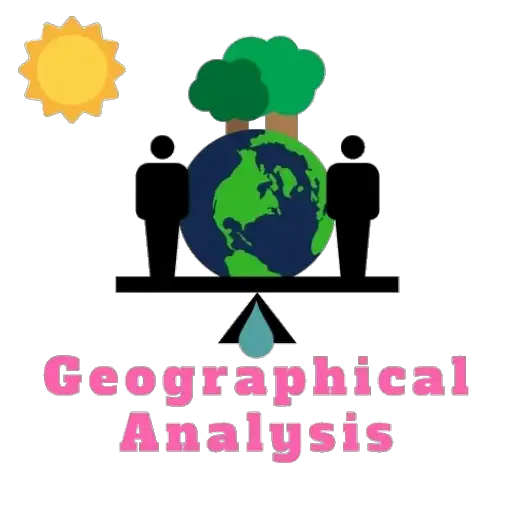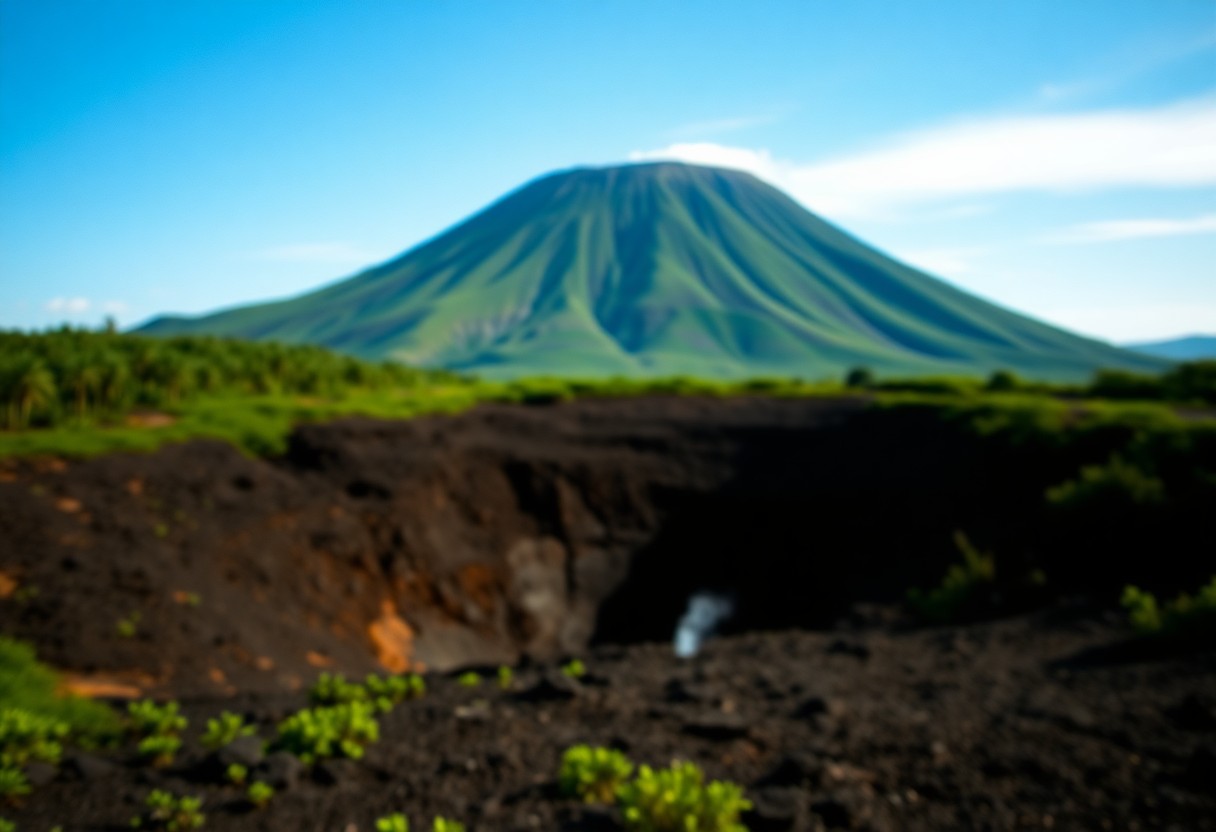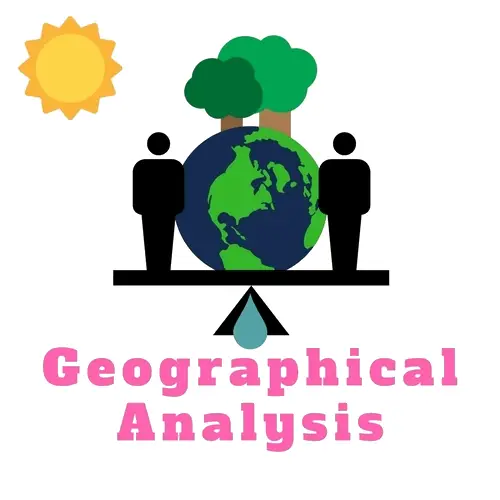Over time, the earth’s landscape has been dramatically shaped by volcanic activity. As you research into the fascinating world of volcanoes, you’ll discover that their formation is a complex interplay of geological processes. Understanding these processes can help you appreciate the powerful forces at work beneath the Earth’s surface.
Volcanoes primarily form at tectonic plate boundaries, where the Earth’s crust is either converging or diverging. When these plates move, they can create conditions that lead to magma formation. At divergent boundaries, which occur mainly on the ocean floor, tectonic plates pull apart. This separation allows magma from the mantle to rise up to fill the gap, creating new crust as it cools and solidifies. This process is responsible for underwater volcanoes and mid-ocean ridges, which can eventually lead to volcanic islands.
On the other hand, at convergent boundaries, one plate subducts beneath another, sinking into the mantle. The immense pressure and heat cause the subducted plate to melt, forming magma. This magma can rise through the crust, resulting in volcanic eruptions. Understanding these tectonic processes is imperative for you, as they not only form volcanoes but also influence the type and intensity of eruptions you might witness.
Aside from tectonic activity, hotspots also contribute to volcanic formation. A hotspot is an area where plumes of hot mantle material, or magma, rise towards the Earth’s surface, independent of tectonic plate boundaries. This can create volcanoes in the middle of tectonic plates, as seen in the Hawaiian Islands. As the tectonic plate moves over the stationary hotspot, a chain of volcanoes can form. Learning about hotspots broadens your perspective on how diverse volcanic activity can be across the globe.
When the magma rises to the surface, it accumulates in magma chambers beneath a volcano. These chambers can hold vast amounts of magma, and when pressure builds up sufficiently, it can lead to an eruption. As a result, different types of eruptions can occur, from explosive to effusive, based largely on the composition of the magma. For instance, magma high in silica tends to be more viscous, trapping gases and leading to explosive eruptions, while low-silica magma generally allows gases to escape, resulting in flowing lava.
Understanding the dynamics of volcanic eruptions goes hand-in-hand with recognizing the hazards they pose. Ash clouds, lava flows, and pyroclastic flows can have devastating effects on surrounding environments and communities. As someone keen on geology or simply curious about the Earth, being informed about volcano formation and eruption science equips you with the knowledge to respect and navigate areas near volcanic activity.
In summarization, volcanoes form through the interplay of tectonic movements and, in some cases, hotspots. Your understanding of how these geological processes shape our planet is not only imperative for appreciating Earth’s beauty but also for recognizing the power of nature at work beneath your feet.



